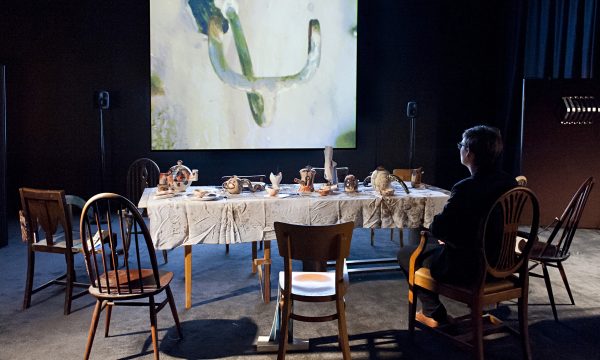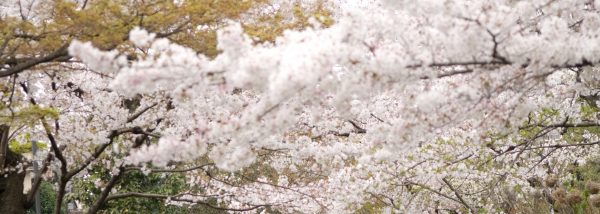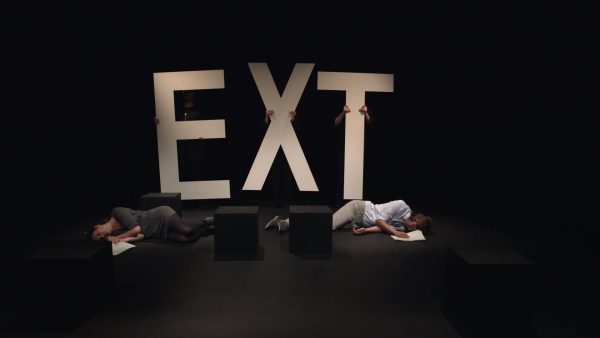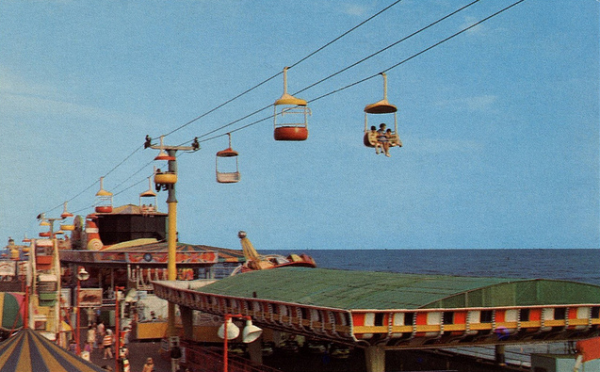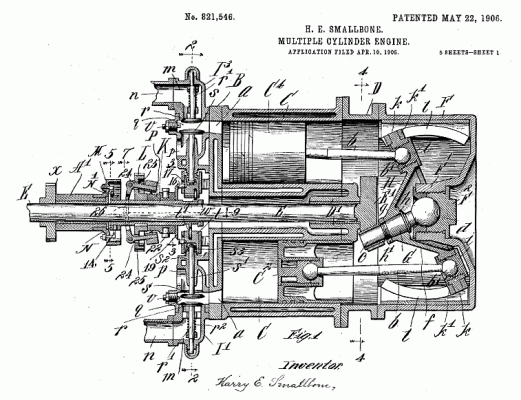Laure Prouvost begins to tell us about something that happened this morning. She woke up with four vegetables on her duvet (a tomato, a carrot, a lemon and an onion) and four corresponding holes in the ceiling of her bedroom. The vegetables must have fallen from the sky in the night, she concludes, even though they are the kind that grows out of the ground. Perhaps they were a gift from a higher power, a sign that her missing grandfather, a conceptual artist and friend of Kurt Schwitters, is still alive? He started digging a hole that would reach from his house in North London all the way to Africa, but he has disappeared, leaving his wife to grow fat (apparently she eats crisps all the time). The rooms in her grandparents’ house are covered in mud, absolutely covered in mud. There is mud everywhere, she says – it covers the walls and the floor and the furniture. A priest has told her the vegetables probably dropped from a plane or something. Vegetables dropping from a plane seems more implausible than a sign from god, even to a priest. ‘Gracious goodness me!’ said Chicken-licken, ‘the sky must have fallen; I must go and tell the King.’
Prouvost has been invited by Wysing Arts Centre to stage a performance Lansdowne House, situated in the Cambridgeshire countryside, to around seventy people seated on the kind of gold chairs you might find at a wedding reception (there is a marquee outside). She speaks into a microphone, breathy and close – she is confessing after all. And then she starts shouting – ‘Grandfather! Grandfather!’ Her face is red and her hair is all over the place, aping the actions of a woman in the story she is telling who regularly strips naked and jumps out of a plane with a rope tied around her ankles. The woman has been calling for Prouvost’s lost grandfather too, even though, as she has just told us, he is lost deep underground. She asks that we find our own way to help look for him.
Prouvost makes videos, but also performances and installations of objects, drawings, printed matter, screens and texts. The stories she tells, like the one about her grandfather, might sound made up, but they are as real as any other. For her Turner Prize installation, ‘Wantee’ (2013), the viewer entered the artwork to be immersed, seduced, and in this encounter, made aware of their selves in relation to her narrative. Her ‘real’ grandfather might not be a conceptual artist, but John Latham, for whom Prouvost worked as an assistant before his death in 2006, certainly was.
There are small panels on the walls of the Wysing exhibition Hey, I’m Mr Poetic, which are more suited to interior space, mimicking gallery text panels. The signs gesture to themselves as signs; they impacting on objects around them: DON’T LOOK UP; IDEALLY THIS SIGN WOULD BE DEEPER; IDEALLY THIS SIGN WOULD NOT LET YOU GO; IDEALLY HERE WOULD BE SOMETHING UNDISCRIBABLE. The un- in undiscribably, although grammatically incorrect, implies that something has been reversed, like the un- in undone. Unraveled, the word somehow means more as it makes less sense. When Prouvost speaks or writes it’s as if a third language is created out of the two she has learnt – English and French. But her work is not just about the seduction of language and ways in which to undermine, devour or misuse it. The image, the object, the screen and the body collude in a seduction of the senses. There is a larger sign in the grounds at Wysing, a sprawling complex of buildings erected when the centre was founded, gallery space, pottery, residency accommodation (a sixteenth-century farmhouse) and new artists’ studios. It’s a permanent leftover from Prouvost’s time residency with Francesco Pedraglio as The Department of Wrong Answers in 2011. The scale of the sign refers to construction signs or street signs, the kind you find in the urban or rural landscape. It reads ‘NONE IS IN THE DEPARTMENT / FOR PASSION, WE ARE ALL / HERE OUT OF NECESSITY / IT’S THE PROCEDURE / YOU SHUT UP AND DIG’. Prouvost’s grandfather is not the only one digging.
I emailed her some questions.
